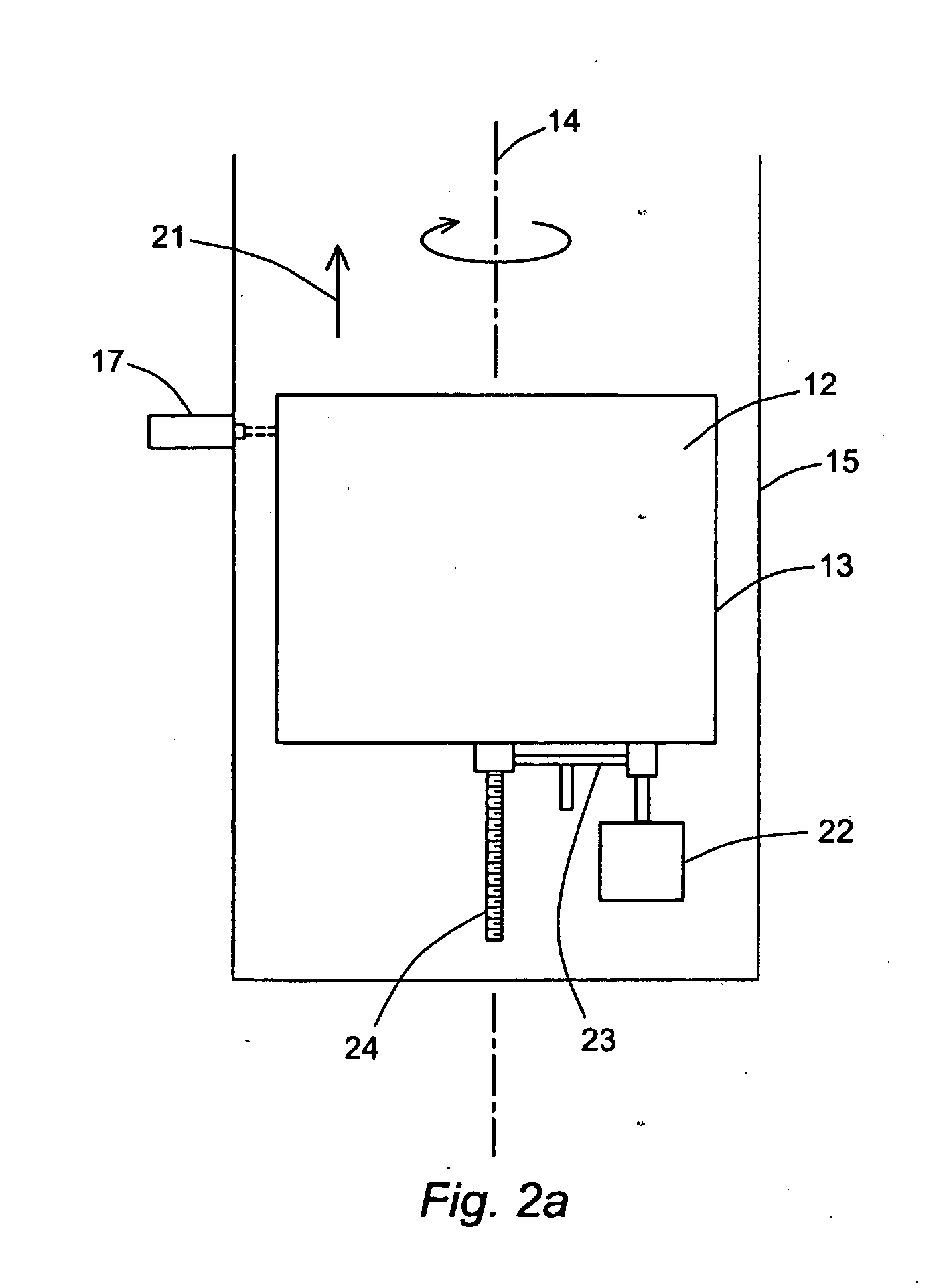Transfection by laser poration on rotating cylinder
- Summary
- Abstract
- Description
- Claims
- Application Information
AI Technical Summary
Benefits of technology
Problems solved by technology
Method used
Image
Examples
Embodiment Construction
[0021]Biological cells that can be transfected by the present invention include those that are grown on the surface on which they are to be transfected and are naturally adherent thereto and those whose adherence is enhanced by cell-adhesive molecules that are either coupled to the cells or to the surface. All such cells are referred to herein as “adherent cells.” Examples of adherent cells are neuronal cells, neuronal stem cells, mesenchymal stem cells, pancreatic cells, skeletal muscle cells, cardiomyocytes, and liver or liver-derived cells such as primary hepatocytes, liver epithielial cells, HepG2 cells, and hepatocellular carcinoma-derived cells. Examples of the species to be inserted into the cells by the present invention are nucleic acids including DNA, RNA, plasmids, and genes and gene fragments, as well as proteins, pharmaceuticals, and enzyme cofactors. Further examples will be apparent to those skilled in the art.
[0022]Solid surfaces to which the cells will adhere and th...
PUM
 Login to View More
Login to View More Abstract
Description
Claims
Application Information
 Login to View More
Login to View More - R&D
- Intellectual Property
- Life Sciences
- Materials
- Tech Scout
- Unparalleled Data Quality
- Higher Quality Content
- 60% Fewer Hallucinations
Browse by: Latest US Patents, China's latest patents, Technical Efficacy Thesaurus, Application Domain, Technology Topic, Popular Technical Reports.
© 2025 PatSnap. All rights reserved.Legal|Privacy policy|Modern Slavery Act Transparency Statement|Sitemap|About US| Contact US: help@patsnap.com



